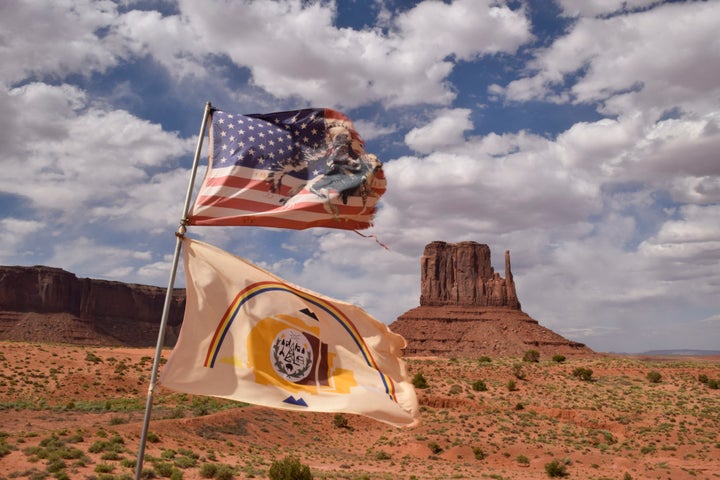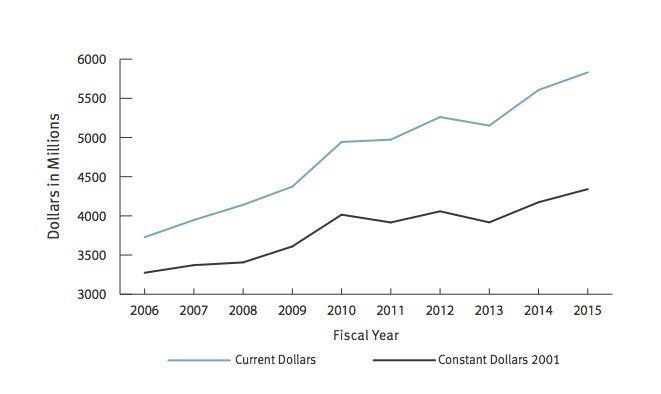
Five years ago, psychiatrist R. Dale Walker was invited to a small Northern Plains reservation that had suffered 17 suicides in eight months. It was there, listening in a group therapy meeting, that he first heard the phrase "grieved out."
Walker, who specializes in American Indian psychiatric issues and is himself a Cherokee, felt overwhelmed at the toll that suicide was taking on reservations and Indian communities.
"One of the most difficult things to hear is when the community says, 'We can grieve no more. We're cried out. We just can't respond anymore to the problem,'" he said. "It really does have an impact."
Walker has become more attuned to this sense of being too exhausted to grieve with each new call to an American Indian community that is facing an unusually high rate of suicide.
Suicide looks very different in Native communities than it does in the general population. Nationally, suicide tends to skew middle-aged (and white); but among Native Americans, 40 percent of those who die by suicide are between the ages of 15 and 24. And among young adults ages 18 to 24, Native American have higher rates of suicide than any other ethnicity, and higher than the general population.
A new report, published by the CDC's National Center for Health Statistics, highlights what Native American health experts have long known: Suicide among Native youth is a crisis, and one that is not receiving the attention it needs.
"We always focus on non-Hispanic white males in particular, because they do represent the vast bulk of the problem," lead researcher Arialdi Miniño, a statistician, told The Huffington Post. "But it seems to me that the American Indians are particularly vulnerable here as a group. I don't know if that is always represented and taken into account."
The report is also notable because it is not a typical analysis for the CDC. It was the passion project of two college-aged summer interns who wanted to investigate the suicide data for their age group, Miniño explained. In isolating this age group and deciding to include data on American Indians/Alaskan Natives (groups often left out of analyses because of the quality of the reporting), the team uncovered this unexpected disparity, which Miniño acknowledged as shocking.
Data on Native American deaths are inexact, he explained, because individuals who self-identify as Native American in one survey may not be listed as such on their death certificate. In other words, the numbers used in this report for Native American suicides likely undercount the actual figure.
Dana Alonzo, the director of the Suicide Prevention Research Program at Columbia University, hopes that the CDC will change its mind and continue its reporting on this age group.
"We've had very limited success in reducing the rate of suicides in the U.S. that occur each year," she said. "The better we can be at knowing who to target, the more likely we will be to have an impact."
Walker, director of the One Sky Center, a resource center for American Indian health, also praised the report, saying researchers need the most up-to-date information.
The youth suicide rate can vary wildly from one tribe to another. While some tribes may have a youth suicide rate three times the national average, another tribe's rate might be ten times the average, notes The Washington Post.
The causes of suicide are complex and include a range of factors, not all of which are always apparent. Mental illness plays a role in almost 90 percent of suicides, according to the National Alliance on Mental Illness, and such conditions are often treatable. In the case of the AIAN community, mental health resources are in short supply and don't always reach them.
The Indian Health Services department, which delivers care to 2.2 million AIAN, continues to be underfunded. Its budget technically increased 56 percent from 2006 to 2015, but in constant 2001 dollars that's an increase of only 33 percent, the department reports. IHS' per-person spending is only about $3,000, as compared to roughly $8,000 spent on healthcare per person by the general population.
These relatively small communities are also at much higher risk than the national average for other health issues: Native Americans are more likely to die of alcohol-related causes, and the incidence of diabetes and tuberculosis are higher than average. As a group, they also have the highest rate of intimate partner violence in the U.S., while AIAN children are at double the risk for abuse and neglect.

All these factors, including high rates of poverty and unemployment, help foment a sense of loss and despair among Native youth, Walker said. And he suggested piecemeal intervention tactics to stop youth suicides just aren't going to cut it anymore.
American Indian communities are working to combat some of the contributing factors. This includes advocating for the power to prosecute non-Indians for crimes committed on a reservation (crucial for domestic violence cases) and confronting social forces like bullying and sexual abuse. Evidence-based practices on this issue are still emerging.
Need help? In the U.S., call 1-800-273-8255 for the National Suicide Prevention Lifeline.
Also on HuffPost:

